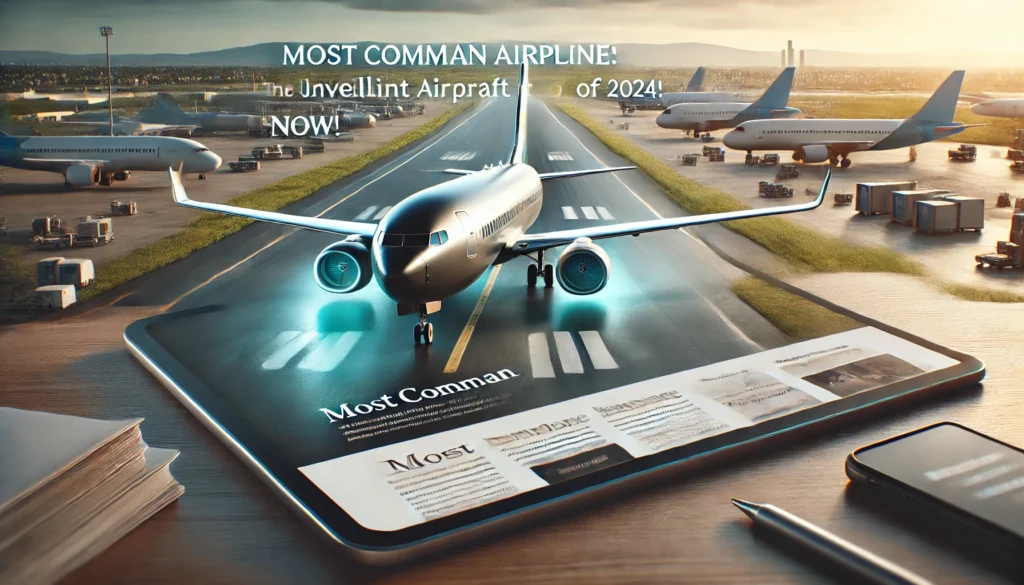Welcome to Wings Over Cloud! As an aviation enthusiast, you might often wonder, what is the most common airplane in the skies today? Well, I am here to guide you through the fascinating world of aviation, shedding light on the most common airplane models and why they dominate the airways.
Air travel has become an integral part of modern life, with millions of people flying daily. Whether for business or leisure, the choice of aircraft plays a crucial role in ensuring a safe and comfortable journey. In this article, we will explore the most common airplanes, their unique features, and the reasons behind their widespread use.
What Makes an Airplane Common?
Before diving into specific models, it’s essential to understand what factors contribute to an airplane’s popularity. Several elements influence this, including:
- Reliability: Airlines prioritize aircraft that offer consistent performance with minimal downtime.
- Fuel Efficiency: With rising fuel costs, more efficient airplanes are preferred.
- Passenger Capacity: Airlines need to balance capacity with demand to maximize profitability.
- Maintenance: Easier and less costly maintenance makes an airplane more attractive to operators.
- Range: The ability to cover various distances without frequent refueling stops.
The Most Common Airplane: Boeing 737
A Brief History of the Boeing 737
The Boeing 737 is arguably the most common airplane in the world. First introduced in 1968, the Boeing 737 has seen numerous upgrades and variations, making it a versatile workhorse for airlines globally.
Features and Specifications
- Passenger Capacity: The Boeing 737 can accommodate between 85 to 215 passengers, depending on the model.
- Range: It offers a range of up to 3,850 miles, making it suitable for both short and medium-haul flights.
- Fuel Efficiency: Advances in engine technology have made the newer models more fuel-efficient.
- Reliability: With over 10,000 units produced, the Boeing 737 has a proven track record of reliability and safety.
Variants of the Boeing 737
The Boeing 737 family includes several variants, each tailored to different market needs. The most notable ones are:
- Boeing 737-800: Widely used for its balance of capacity and range.
- Boeing 737 MAX: The latest iteration, featuring improved fuel efficiency and upgraded avionics.
Other Most Common Airplane Models
While the Boeing 737 takes the top spot, other models are also prevalent in the skies. Let’s take a closer look at these.
Airbus A320 Family
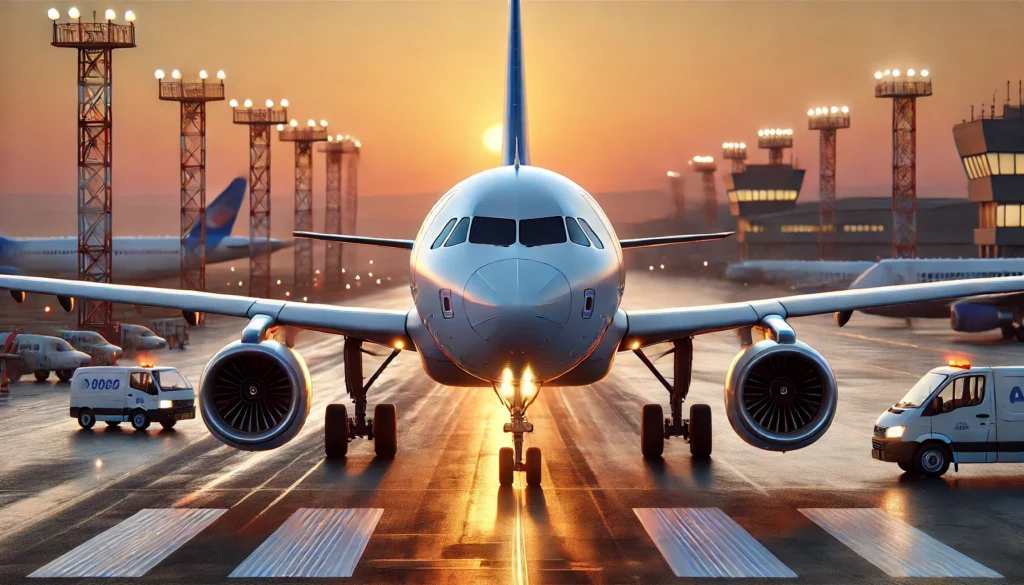
The Airbus A320 family is another contender for the title of the most common airplane. Known for its comfort and efficiency, the A320 series has been a favorite among airlines since its introduction in 1988.
- Passenger Capacity: Ranges from 140 to 240 passengers.
- Range: Capable of flying up to 3,700 miles.
- Fuel Efficiency: Advanced aerodynamics and engine options contribute to its fuel efficiency.
Boeing 777
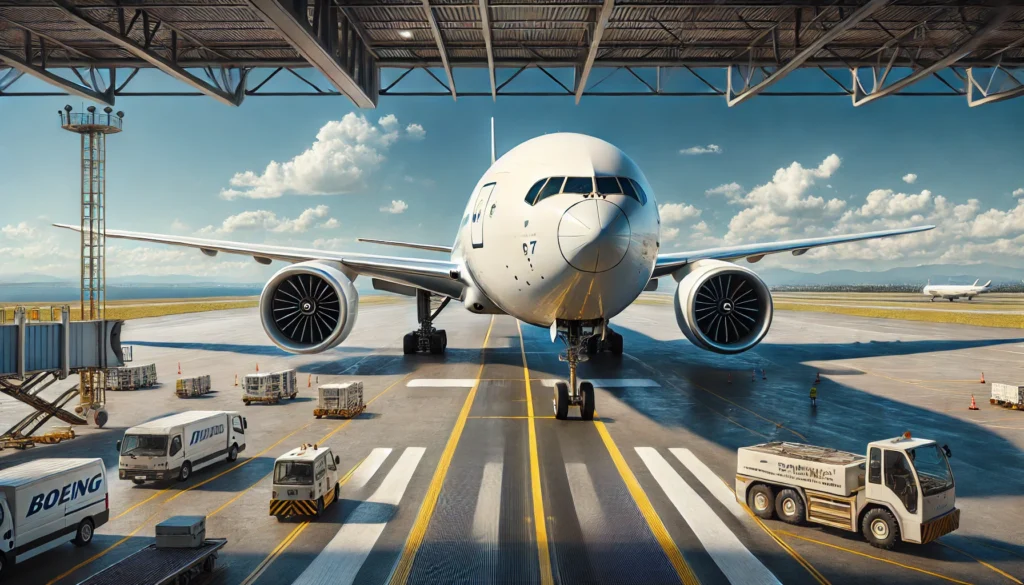
The Boeing 777 is a long-haul favorite among airlines, offering a perfect blend of capacity and range.
- Passenger Capacity: Can carry between 314 to 396 passengers.
- Range: Boasts an impressive range of up to 8,555 miles.
- Reliability: Known for its robust performance on long-haul routes.
Embraer E-Jets
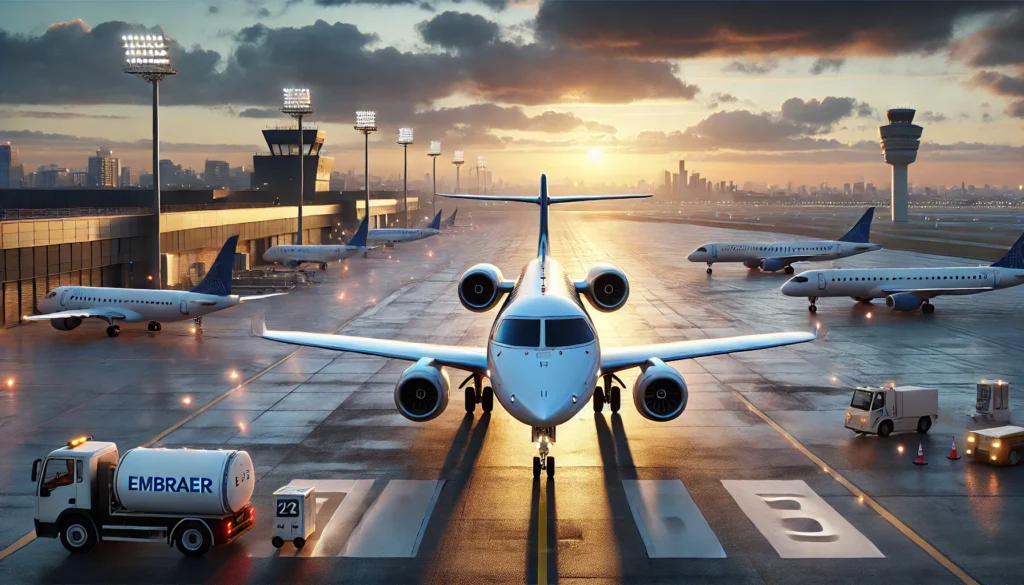
For regional flights, the Embraer E-Jets are a common sight. These jets are perfect for shorter routes and smaller airports.
- Passenger Capacity: Typically seats 70 to 130 passengers.
- Range: Suitable for flights up to 2,400 miles.
- Flexibility: Ideal for regional airlines due to their size and efficiency.
Factors Driving the Popularity of Most Common Airplane Models
Cost Efficiency
Airlines prioritize cost-efficiency to remain competitive. Aircraft like the Boeing 737 and Airbus A320 offer a balance between operating costs and revenue potential, making them highly desirable.
Technological Advancements
Continuous advancements in avionics, aerodynamics, and materials have made modern airplanes more efficient and reliable. This technological edge contributes to their popularity.
Airline Networks and Routes
The structure of airline networks also influences airplane popularity. Aircraft like the Boeing 777 and Airbus A350 are suited for long-haul routes, while the Embraer E-Jets serve regional markets effectively.
The Role of Airplane Manufacturers
Boeing
Boeing’s focus on innovation and reliability has cemented its position as a leading aircraft manufacturer. The Boeing 737 and 777 are prime examples of its commitment to meeting airline and passenger needs.
Airbus
Airbus has revolutionized the market with its A320 family, offering a compelling alternative to Boeing’s offerings. The A320neo, in particular, has set new standards in fuel efficiency and passenger comfort.
Embraer
Embraer’s niche in regional jets has made it a crucial player in the aviation industry. Its E-Jet series is a testament to the company’s ability to cater to specific market demands.
Comparing the Most Common Airplanes
To understand why these airplanes are so common, it’s helpful to compare their key attributes.
Passenger Experience
- Boeing 737: Known for its comfortable seating and advanced in-flight entertainment options.
- Airbus A320: Offers a wider cabin, enhancing passenger comfort.
- Boeing 777: Features spacious cabins and state-of-the-art amenities for long-haul flights.
Operational Efficiency
- Boeing 737: High dispatch reliability and lower operating costs.
- Airbus A320: Fuel-efficient engines and reduced maintenance requirements.
- Embraer E-Jets: Optimal for short regional flights with quick turnaround times.
Environmental Impact
Modern aircraft are designed to minimize environmental impact. The Boeing 737 MAX and Airbus A320neo, for instance, incorporate advanced engines and aerodynamics to reduce emissions and fuel consumption.
Future Trends in Common Airplane Models
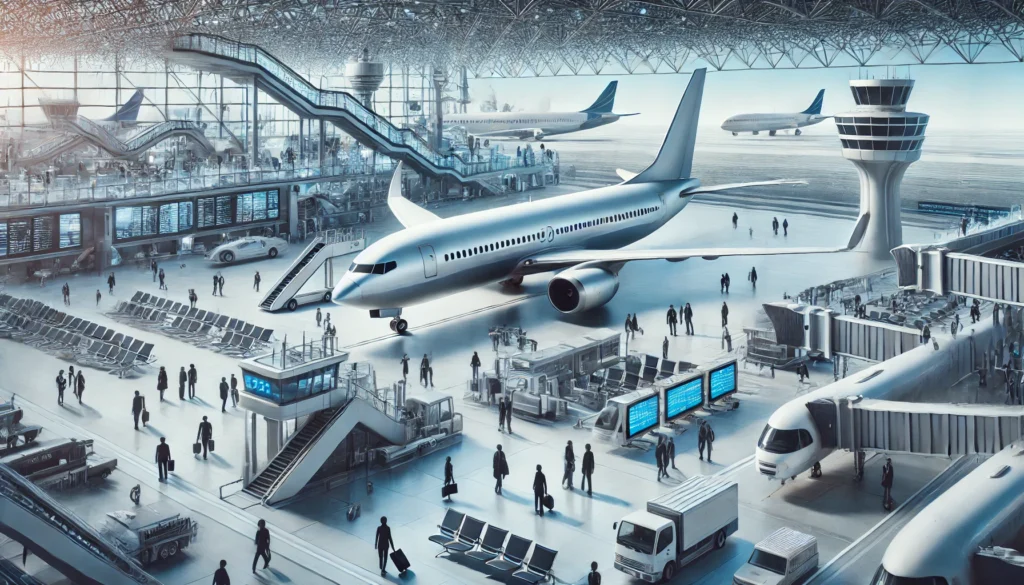
As the aviation industry evolves, new trends will shape the future of common airplane models.
Sustainability
Environmental concerns are driving the development of more sustainable aircraft. Manufacturers are investing in cleaner technologies, such as electric and hybrid propulsion systems.
Digital Transformation
Advancements in digital technology are enhancing aircraft performance and passenger experience. From predictive maintenance to in-flight connectivity, digitalization is a key trend.
Emerging Markets
Growth in emerging markets is influencing the demand for new aircraft. Regions like Asia and Africa are seeing increased air travel, necessitating more airplanes to serve these markets.
What Is The Most Common Commercial Airplane
Here is a detailed list of the most common airplane models, highlighting their features and significance.
Boeing 737
- Passenger Capacity: 85-215 passengers.
- Range: Up to 3,850 miles.
- Variants: 737-800, 737 MAX.
Airbus A320 Family
- Passenger Capacity: 140-240 passengers.
- Range: Up to 3,700 miles.
- Variants: A320, A320neo, A321.
Boeing 777
- Passenger Capacity: 314-396 passengers.
- Range: Up to 8,555 miles.
- Variants: 777-200, 777-300, 777X.
Embraer E-Jets
- Passenger Capacity: 70-130 passengers.
- Range: Up to 2,400 miles.
- Variants: E170, E175, E190, E195.
Boeing 787 Dreamliner
- Passenger Capacity: 242-335 passengers.
- Range: Up to 8,786 miles.
- Variants: 787-8, 787-9, 787-10.
Airbus A350
- Passenger Capacity: 300-410 passengers.
- Range: Up to 8,000 miles.
- Variants: A350-900, A350-1000.
Bombardier CRJ Series
- Passenger Capacity: 50-100 passengers.
- Range: Up to 1,800 miles.
- Variants: CRJ200, CRJ700, CRJ900, CRJ1000.
ATR 72
- Passenger Capacity: 68-78 passengers.
- Range: Up to 900 miles.
- Variants: ATR 72-500, ATR 72-600.
Boeing 747
- Passenger Capacity: 366-524 passengers.
- Range: Up to 8,000 miles.
- Variants: 747-400, 747-8.
Airbus A380
- Passenger Capacity: 555-853 passengers.
- Range: Up to 8,000 miles.
What Is The Most Common Airplane “Final Thoughts”
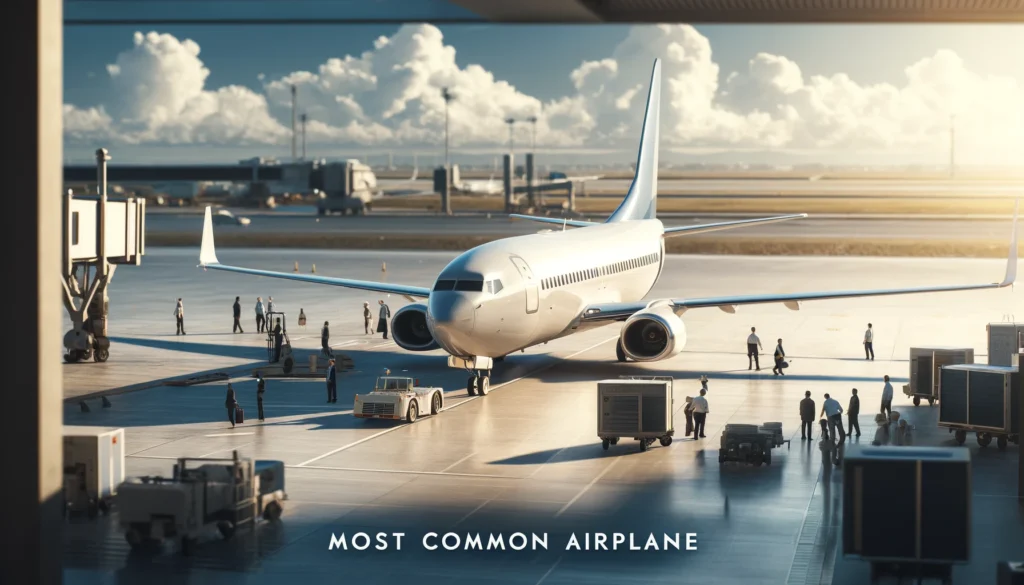
In conclusion, the Boeing 737 remains the most common airplane in the skies today, thanks to its versatility, reliability, and efficiency. However, other models like the Airbus A320 and Boeing 777 also play significant roles in the aviation industry. As technology advances and market demands evolve, we can expect new models to emerge, continuing the legacy of these aviation giants.
Thank you for joining me on this journey through the most common airplanes. For more in-depth articles on aviation, visit Wings Over Cloud. Moreover, also do check out our latest product range. Keep flying high!

